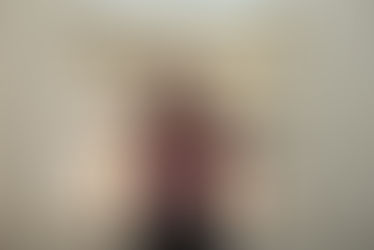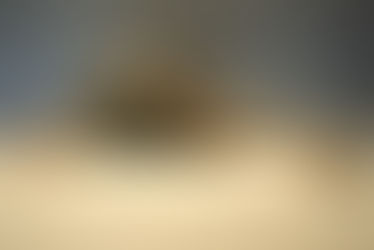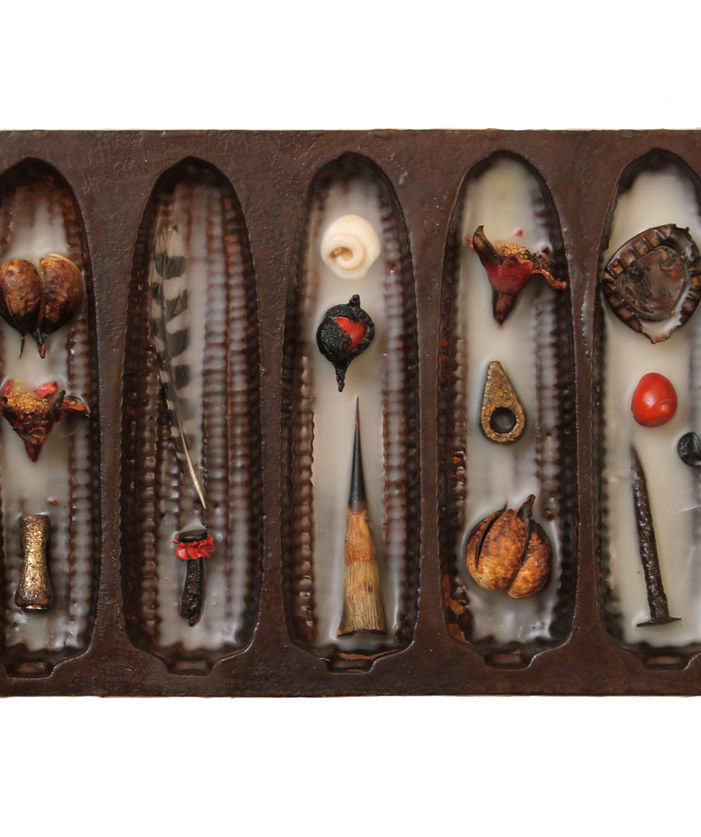

Manȃr Ḥarb: Of Land and Language at Round Weather 4 May - 13 July, 2024
In Of Land and Language, presented by Round Weather, artist Manar Harb explores imagined spaces through oil paint, acrylic, and canvas.


Interview with Artist Carmen McNall
Born and raised in the Bay Area, Carmen McNall understood the power in creating and, "making something from nothing," early on. "This was...


ARTIST SPOTLIGHT: SHAGHAYEGH CYROUS
Artist Shaghayegh Cyrous speaks to us about her art journey and practice from her childhood days in Iran to moving to the US as a refugee.


ARTIST SPOTLIGHT: HUGO CESAR
A music background informs Hugo Cesar's sensibility, capturing symphonies that transcend through the contrasts and angles of his subjects.


BEATA WEHR
"I found artists’ books to be especially useful in talking about the issues of identity, immigration, and dislocation," Artist Beata Wehr.


GABRIELA GONZALEZ LEAL
The materiality experienced through Gabriela Gonzalez Leal's work encompasses the general, and personal, or rather, intimate place...


MASTER KERRY JAMES MARSHALL
"WHY THIS IDEA OF MASTERY IS IMPORTANT, it’s precisely because if you wanna get-in-the-game, you gotta play it at the level of that of...


#WhatMatters2020
"My slavery revenge fantasy would involve
the reclamation of dignity on my own terms." Roxane Gay #WhatMatters2020 #BLM #Poetry #Lit #Art


RUTH AIKO ASAWA (1926-2013): QUIET REBEL
Ruth Asawa led a rich life against the odds in the face of pursuing an art practice.


Adaptation, Most Essential Skill
At this rare moment of worldwide downtime, how will we re-evaluate our lives, reimagine our future and reshape who we are?


FEATURED ARTIST: OLLIE GLATZER
Ollie's work blends geometric shapes with color, which morph into abstract images.


DEAROAKLAND
DEAROAKLAND Letter From Taj Stansberry


Featured Artist: KELLY ORDING
Series of explorations, Kelly's paintings carry a moving motion.


INTERLUDE: Street Edition
INTERLUDE: Street Edition


Featured Artist: EMILY MADDIGAN
When referring to “art” Emily speaks about “a world of cultural belief systems, symbolism and craft.”








































